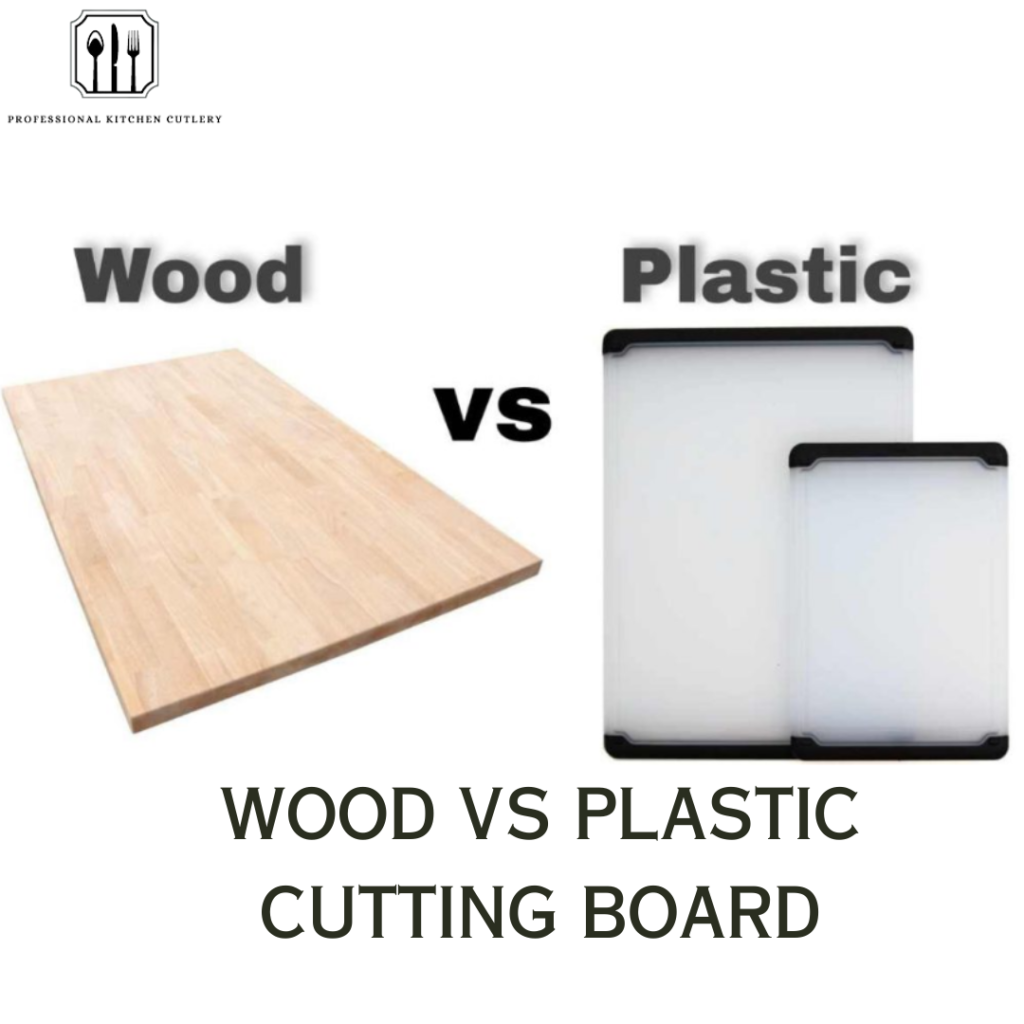Are wood-cutting boards more prone to harboring bacteria?
Wood cutting boards, with their natural antimicrobial properties, are less prone to harboring bacteria compared to plastic ones. However, regular cleaning and proper maintenance are crucial for ensuring hygiene.
Can plastic cutting boards be sanitized in a dishwasher?
Yes, most plastic cutting boards are dishwasher-safe, making them easy to sanitize after use. However, always check the manufacturer’s.
Are wood-cutting boards better for preserving the sharpness of knives?
Yes, wood cutting boards are gentler on knife blades, helping to preserve their sharpness for a more extended period compared to plastic cutting boards.
How often should I oil my wood-cutting board?
It is recommended to oil your wood cutting board regularly, about once a month or as needed. Applying food-grade mineral oil helps maintain the board’s integrity, prevents drying or cracking, and enhances its natural beauty.
Can plastic cutting boards be used for cutting raw meat?
Yes, plastic cutting boards are safe for cutting raw meat. Their non-porous surface makes them easy to clean and sanitize, reducing the risk of bacterial contamination.
Are there any eco-friendly options for plastic cutting boards?
Yes, some manufacturers offer eco-friendly plastic cutting boards made from recycled or sustainable materials. Checking product labels and descriptions can help you choose a more environmentally conscious option.
How can I remove odors from my cutting board?
To remove odors from cutting boards, whether wood or plastic, scrubbing with a mixture of baking soda and water can be effective. Additionally, for wood cutting boards, wiping with a lemon half or a mixture of vinegar and water can help neutralize odors.


